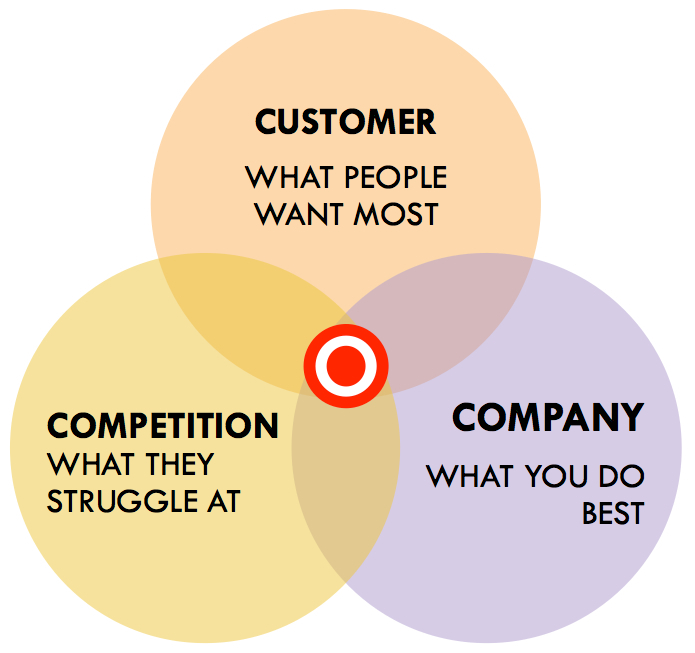ANALYSING CONSUMER
MARKET :
The consumer is the heart or the core of
any business, and its preferences and choices determine the success and
survival of any business.
Consumers buying behavior determines the
ROI, market share and the profit of the business.
Consumer behavior is determined by
various factors/stimuli :
1. Market
Stimuli :
Consists of products and
services.
Price.
Distribution and communications.
2. Other
Stimuli :
Economic
Technological
Political
Cultural
3. Consumer
Psychology :
Motivation
Perception
Learning
Memory
4. Consumer
characteristics :
Cultural
Social
Personal
5. Buying
Decision Process :
Problem recognition
Search for proper solutions
Selecting best possible solution
Purchase Decision
Post purchase decision
6. Purchase decision :
Product choice
Brand choice
Dealer choice
Purchase amount
Purchase timing
Payment method
Therefore for a
Himalaya consumer the decision to make a purchase is determined or influenced
by various factors:
Its market position ,
the way Himalaya establishes itself as a herbal ayurvedic brand which uses the
age old methods to cure skin problems. Purchase of the product also depends
upon its accessibility and affordability, Himalaya places itself as a mass
consumer good with prices of its variance ranging from as low as Rs.15 to Rs.
250.
Consumer behavior of a
Himalaya neem face wash also depends upon his/her motivation and loyalty to use
the product again once hi/she is statisfied with the value it offers.
Himalaya today has a
market share of around 40% , and has a share of its loyal customers who keep
making those post purchase decisions to buy the product again and again after
use.









.JPG)
.jpg)











